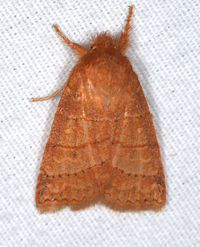
| Recorded by: Jim Petranka on 2025-02-08
Madison Co.
Comment: Identified by dissection. | 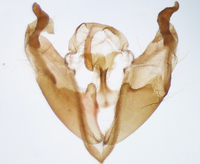
| Recorded by: Jim Petranka on 2025-02-08
Madison Co.
Comment: |
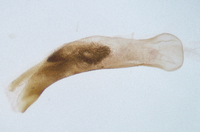
| Recorded by: Jim Petranka on 2025-02-08
Madison Co.
Comment: | 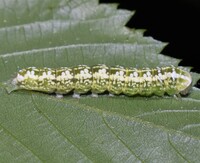
| Recorded by: David George, Jeff Niznik on 2023-04-21
Durham Co.
Comment: feeding on Ostrya |
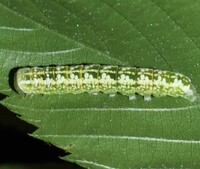
| Recorded by: David George, Jeff Niznik on 2023-04-21
Durham Co.
Comment: | 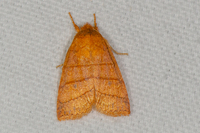
| Recorded by: David L. Heavner on 2022-03-07
Chatham Co.
Comment: |
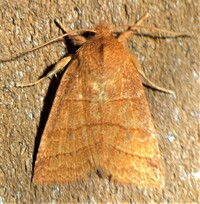
| Recorded by: Dean Furbish and Joy Wiggins on 2022-02-22
Wake Co.
Comment: | 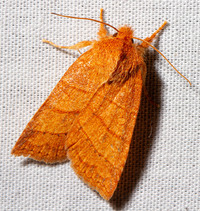
| Recorded by: Stephen Hall on 2021-02-24
Orange Co.
Comment: |
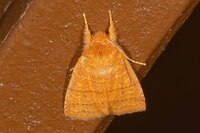
| Recorded by: David L. Heavner on 2021-02-24
Chatham Co.
Comment: | 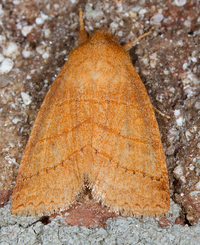
| Recorded by: Jim Petranka and Becky Elkin on 2019-03-11
Madison Co.
Comment: verified by dissection. |
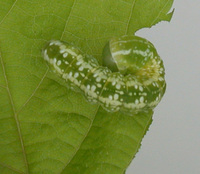
| Recorded by: J. B. Sullivan on 2016-04-23
Jones Co.
Comment: Caterpillar feeding on Hop Hornbeam (15 mm TL) | 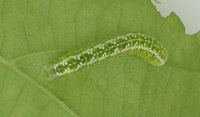
| Recorded by: J. B. Sullivan on 2016-04-23
Jones Co.
Comment: Caterpillar feeding on Hop Hornbeam (15 mm TL) |
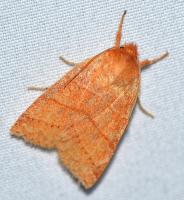
| Recorded by: Paul Scharf on 2016-03-10
Warren Co.
Comment: | 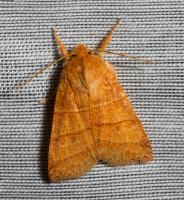
| Recorded by: Stephen Hall on 2016-02-28
Orange Co.
Comment: |
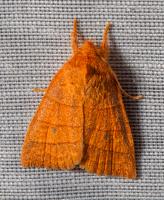
| Recorded by: Stephen Hall on 2015-10-13
Orange Co.
Comment: Sheet was located next to a concentration of Hop-hornbeam where this species has been observed over a twenty year period | 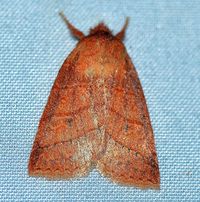
| Recorded by: Paul Scharf on 2014-03-11
Warren Co.
Comment: |
|

 »
»



 »
»

